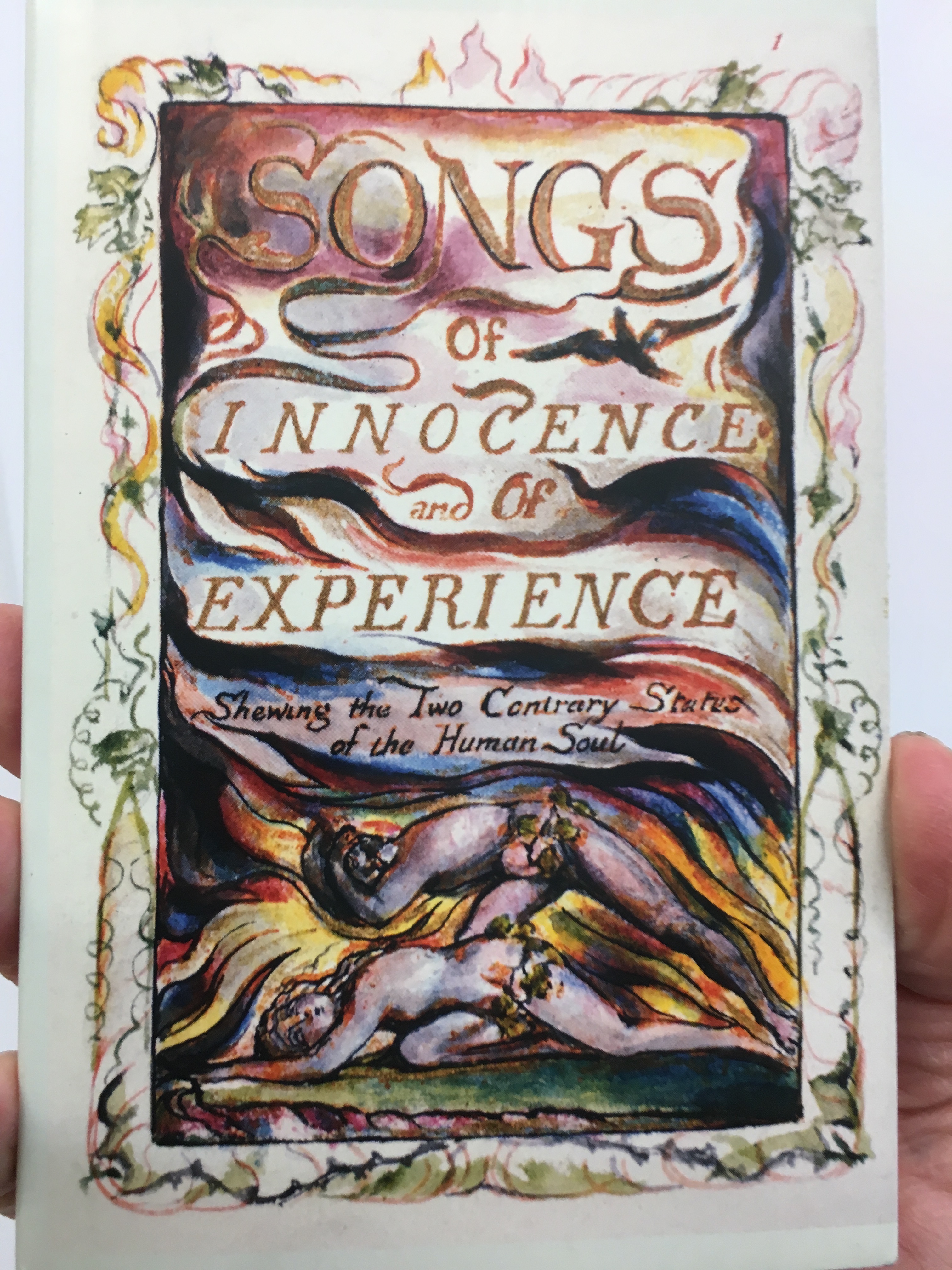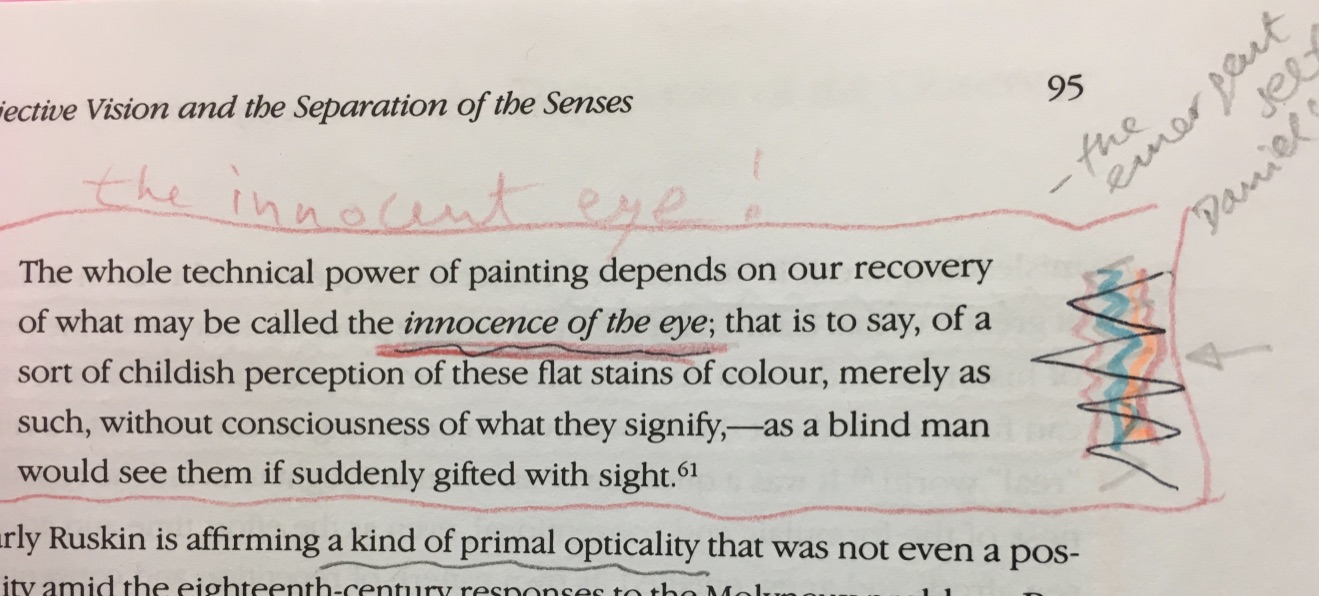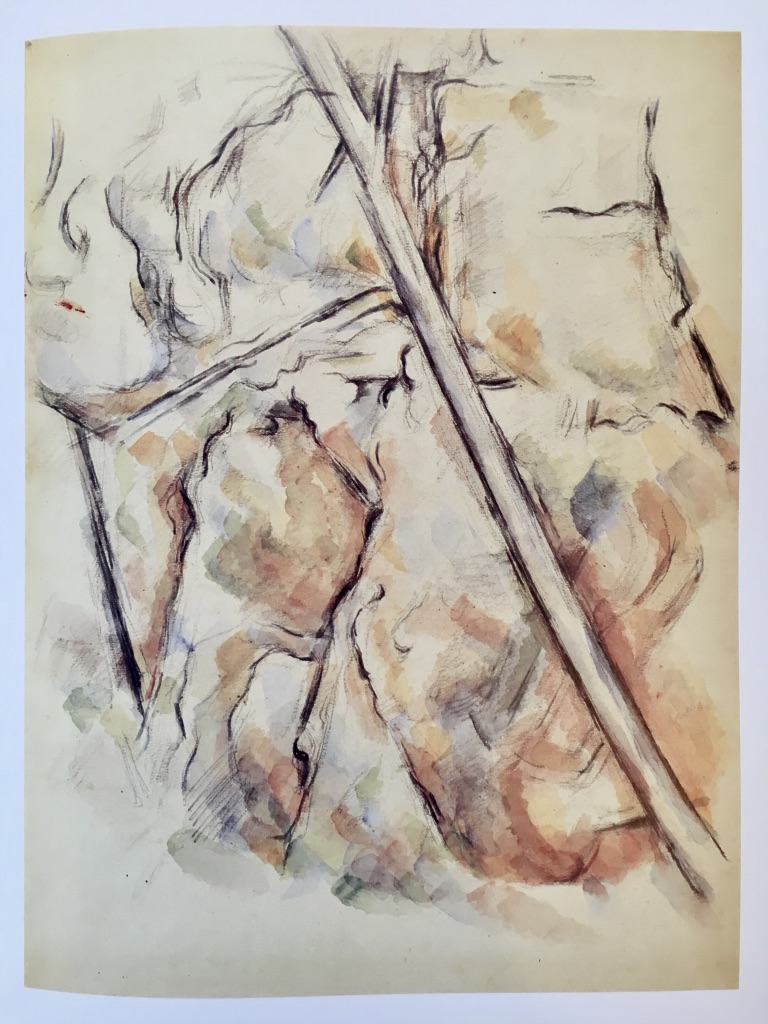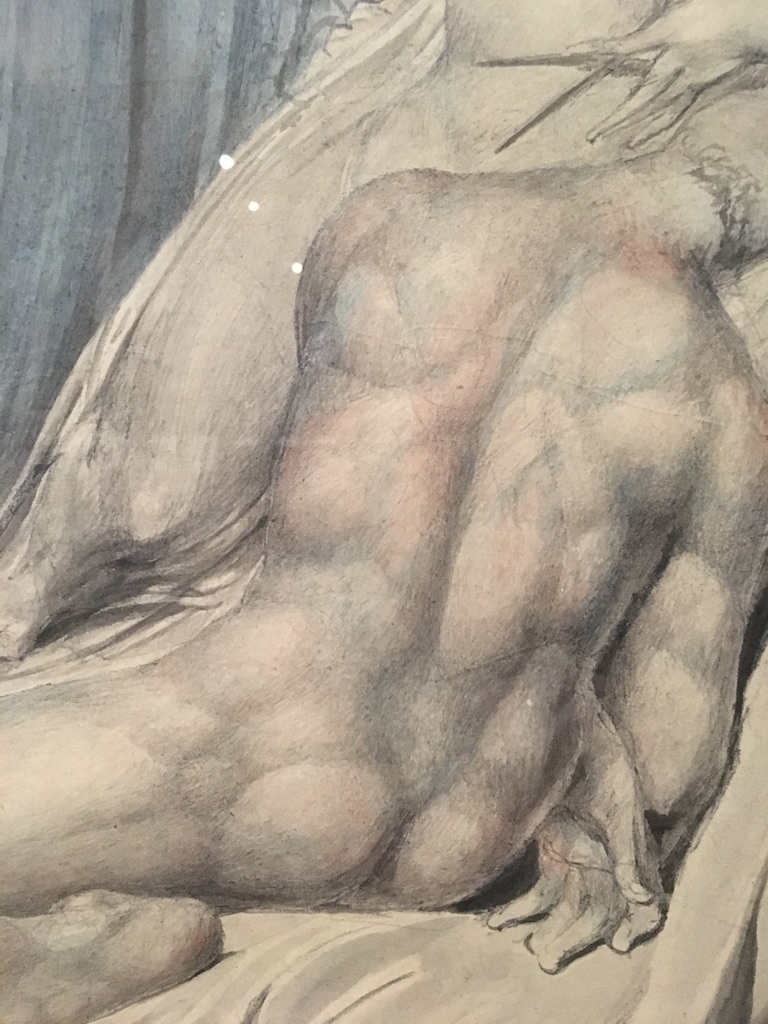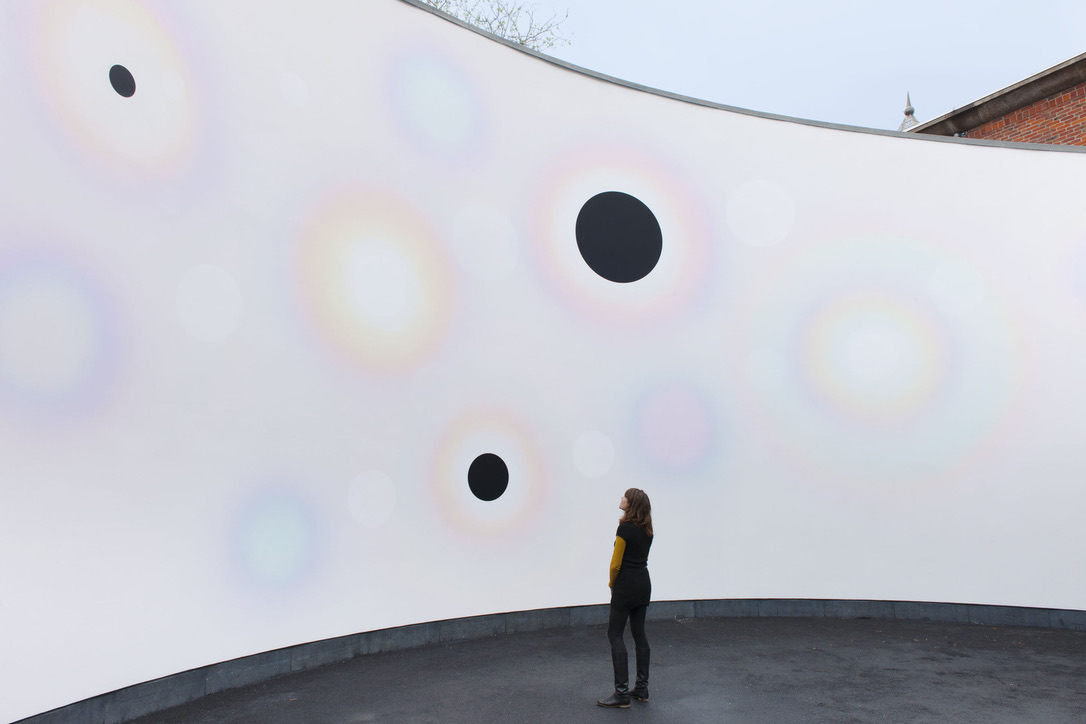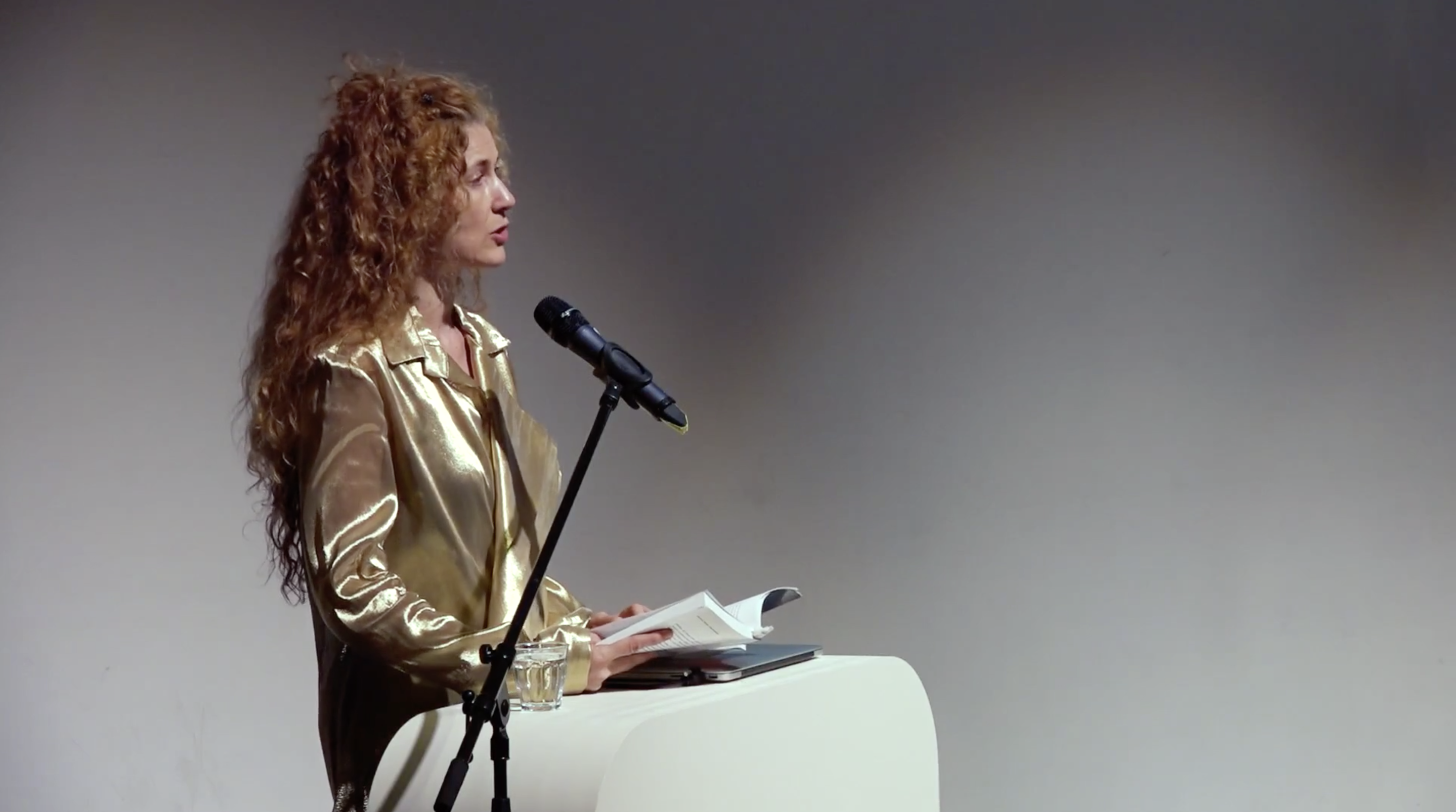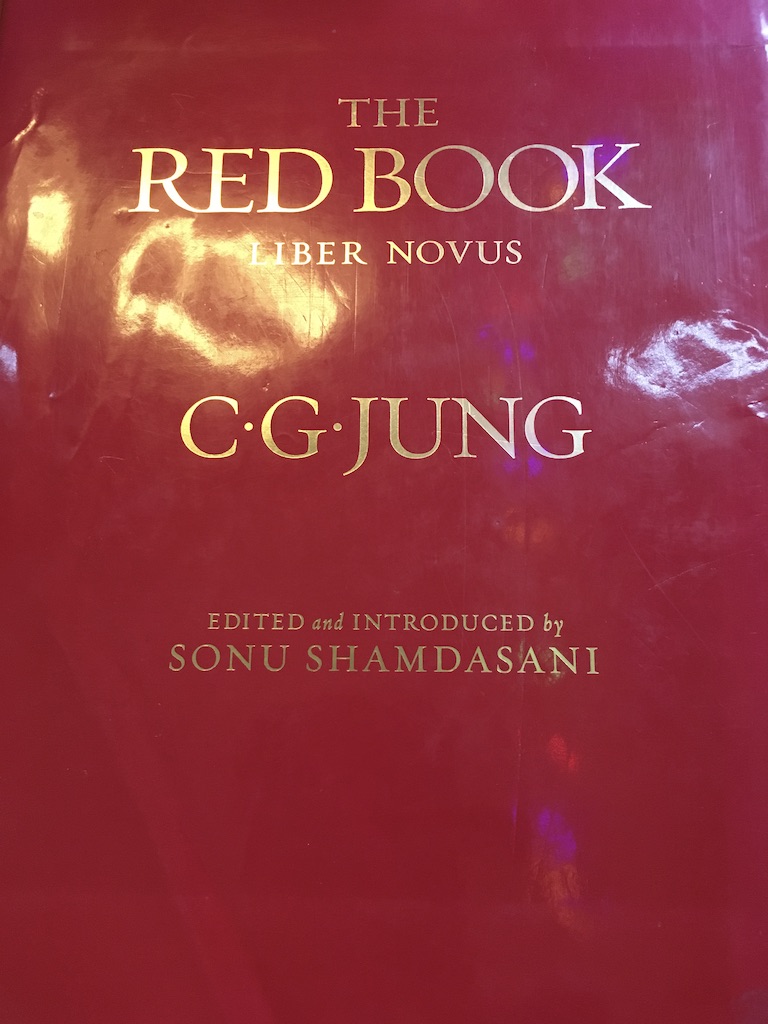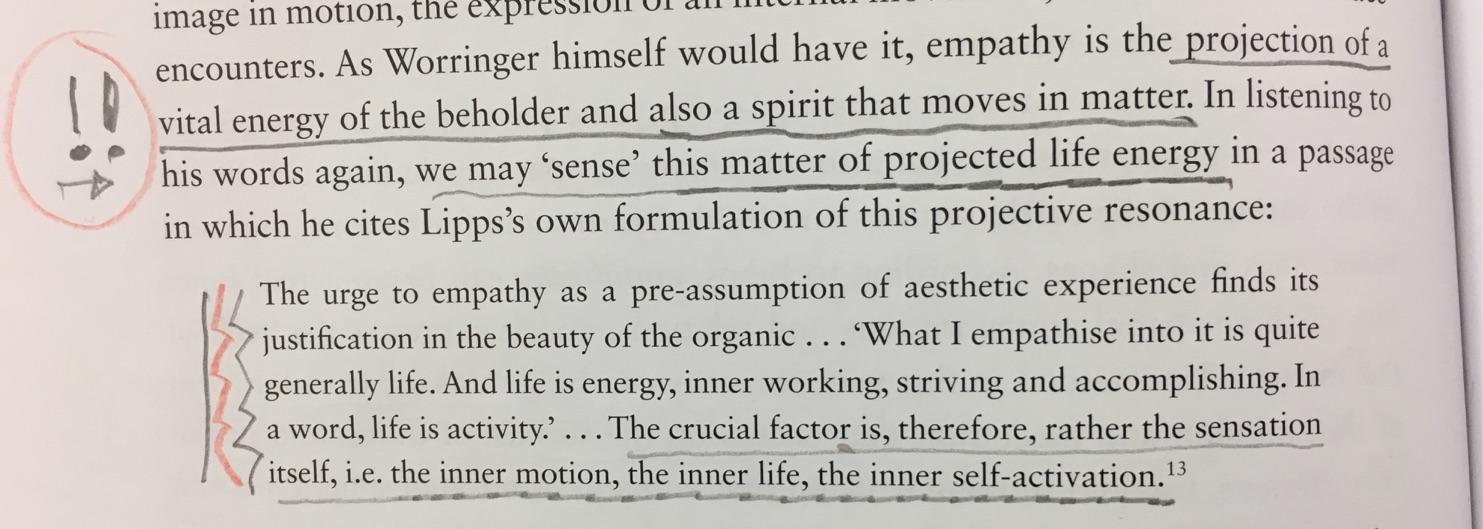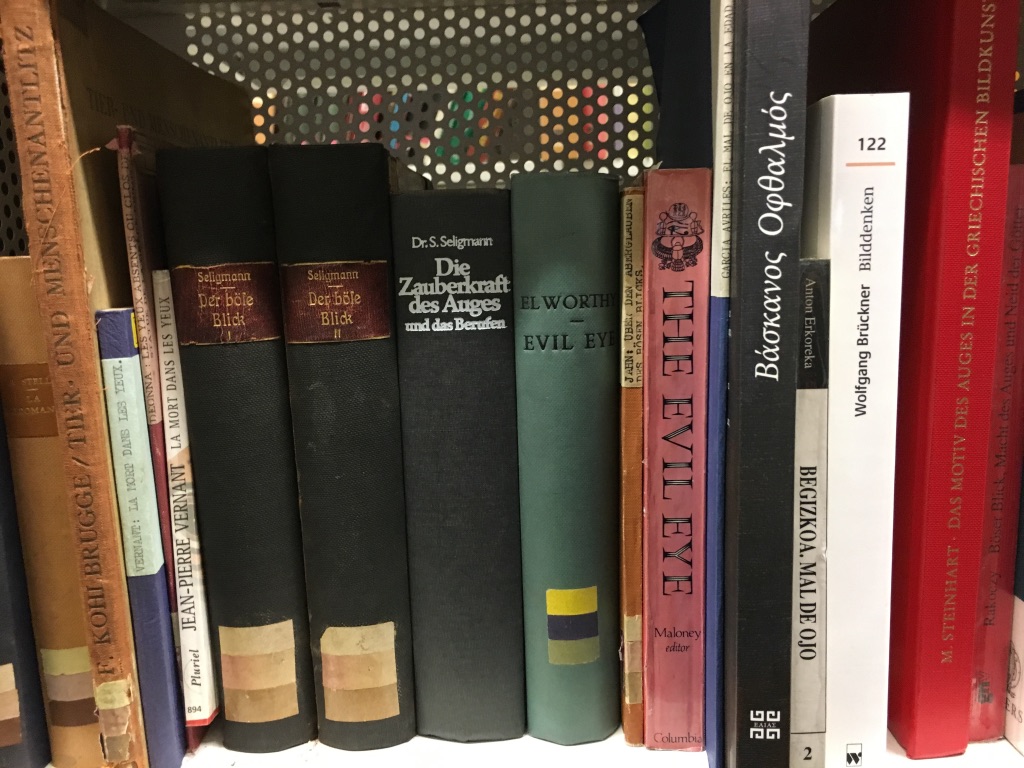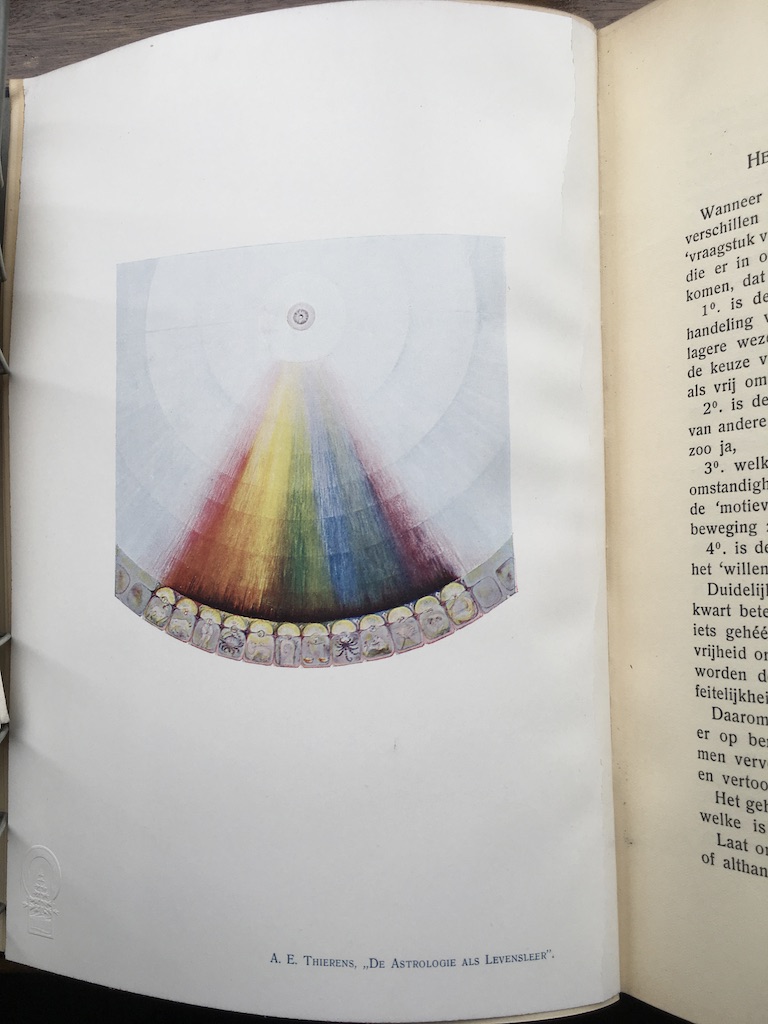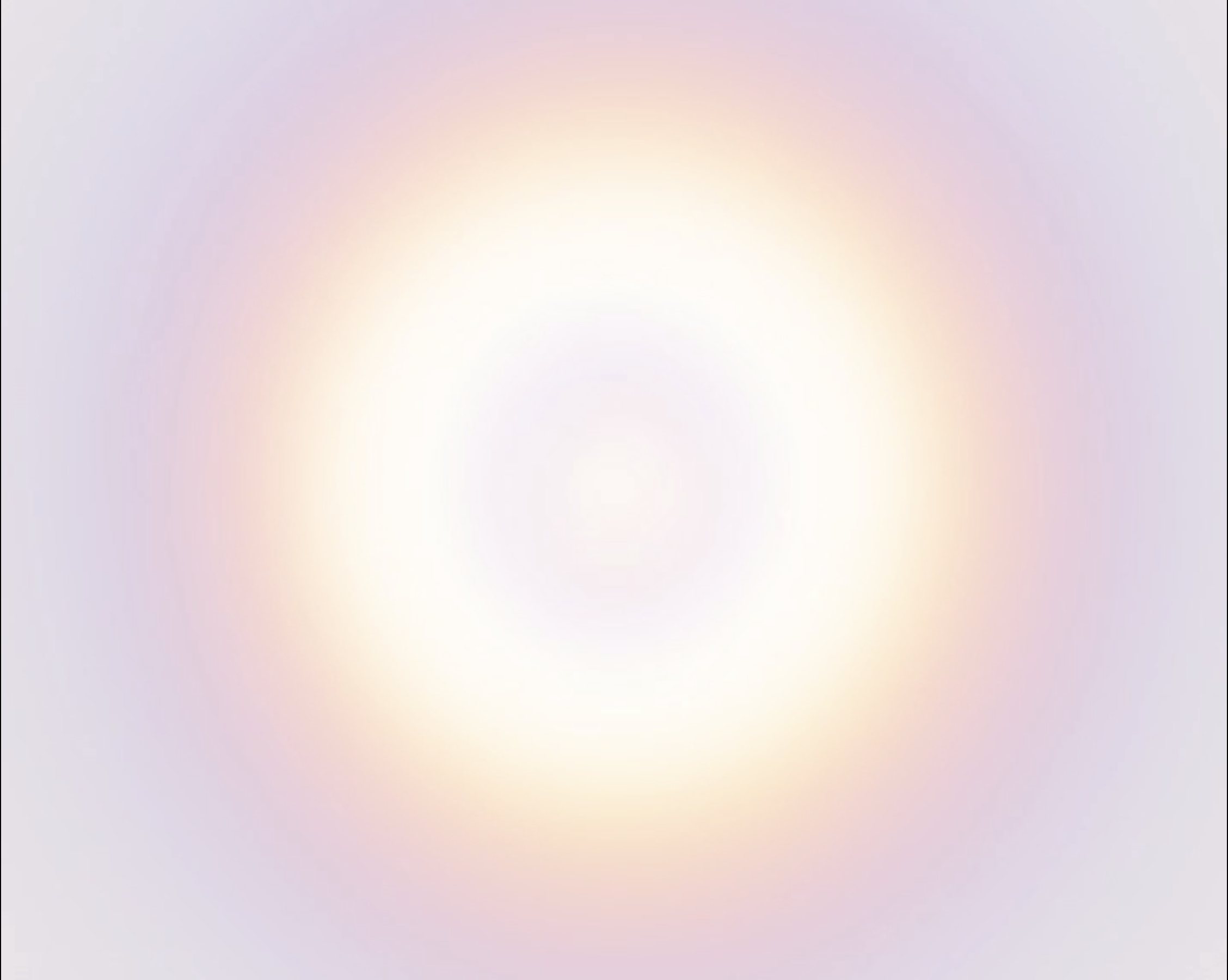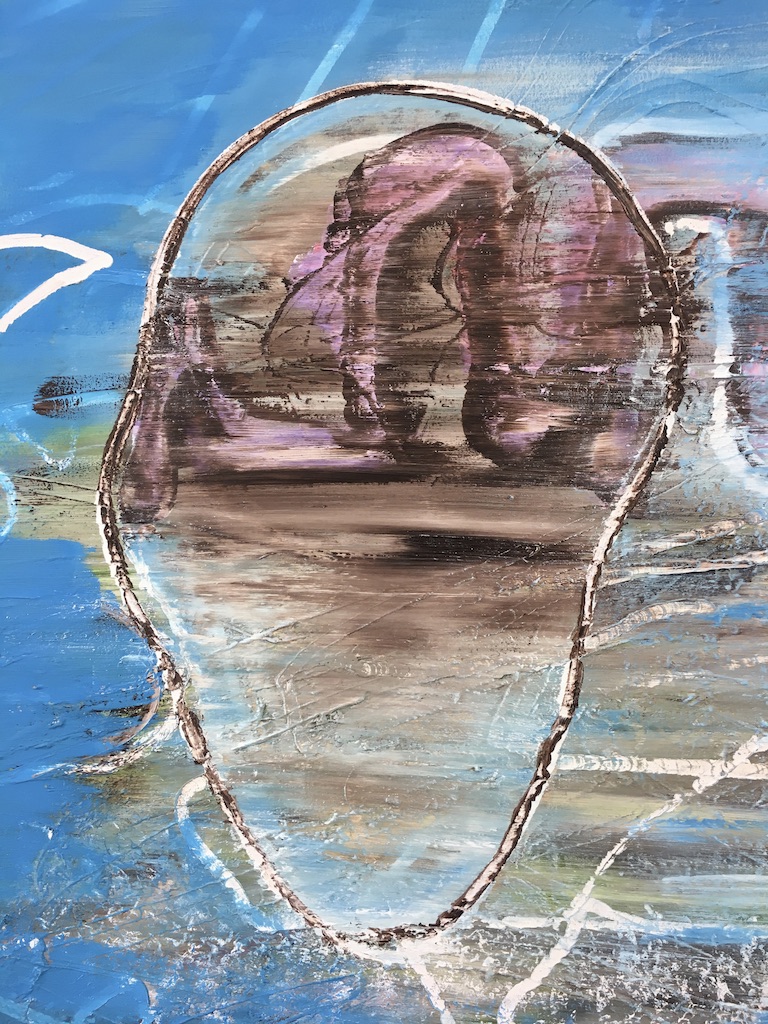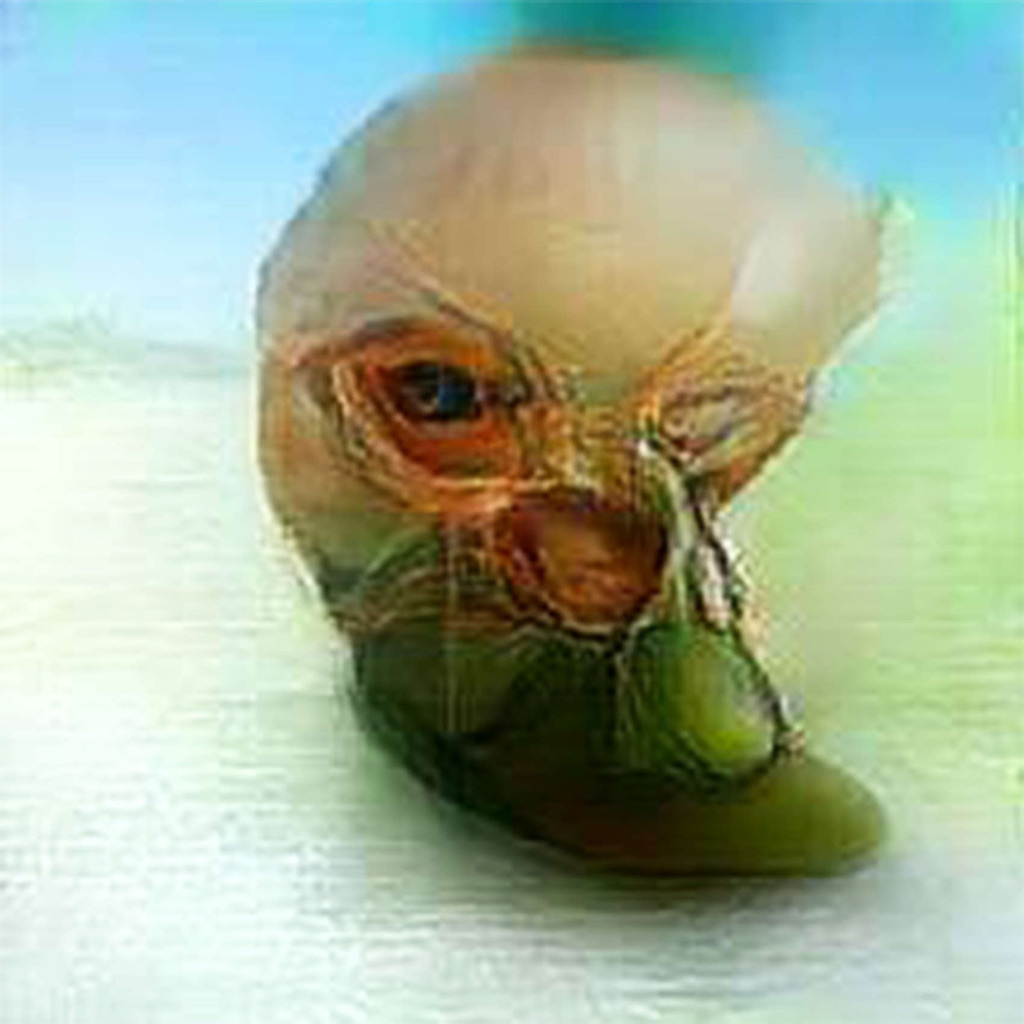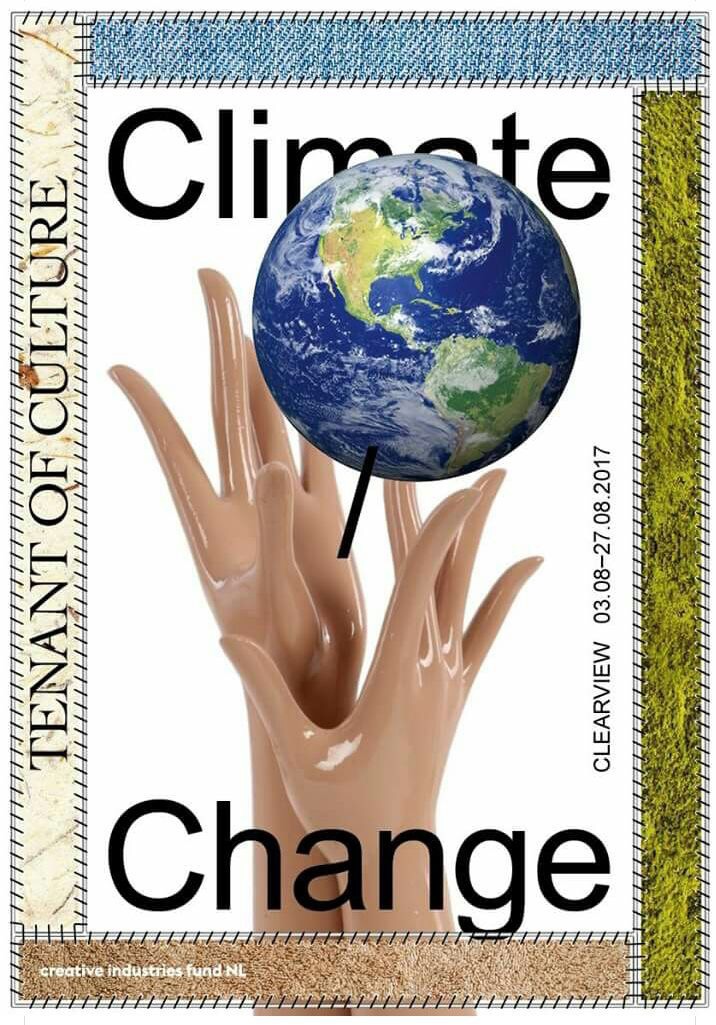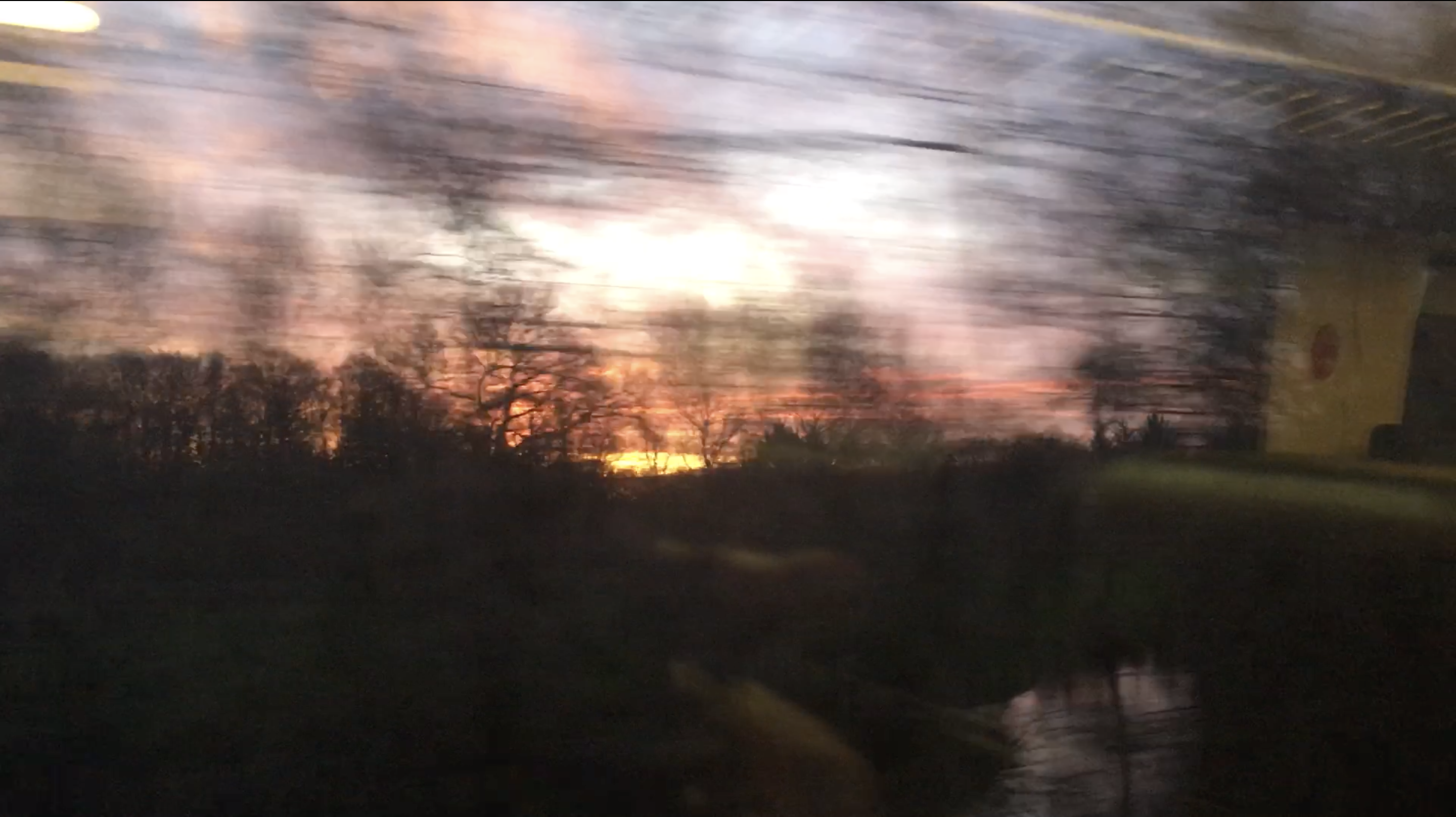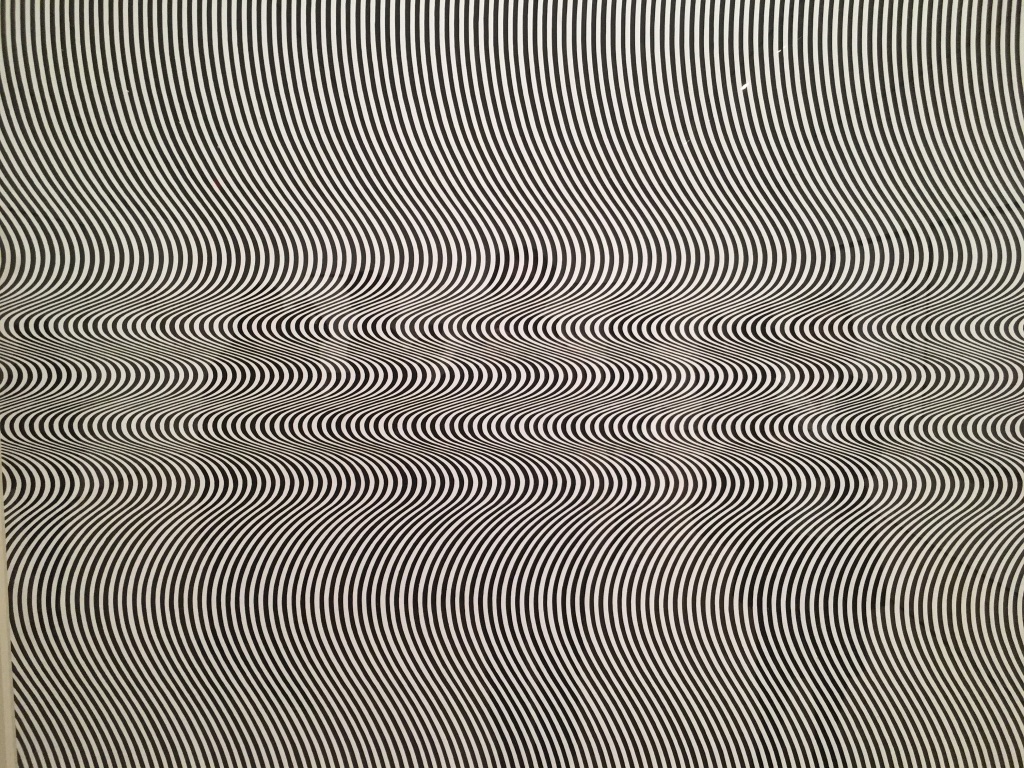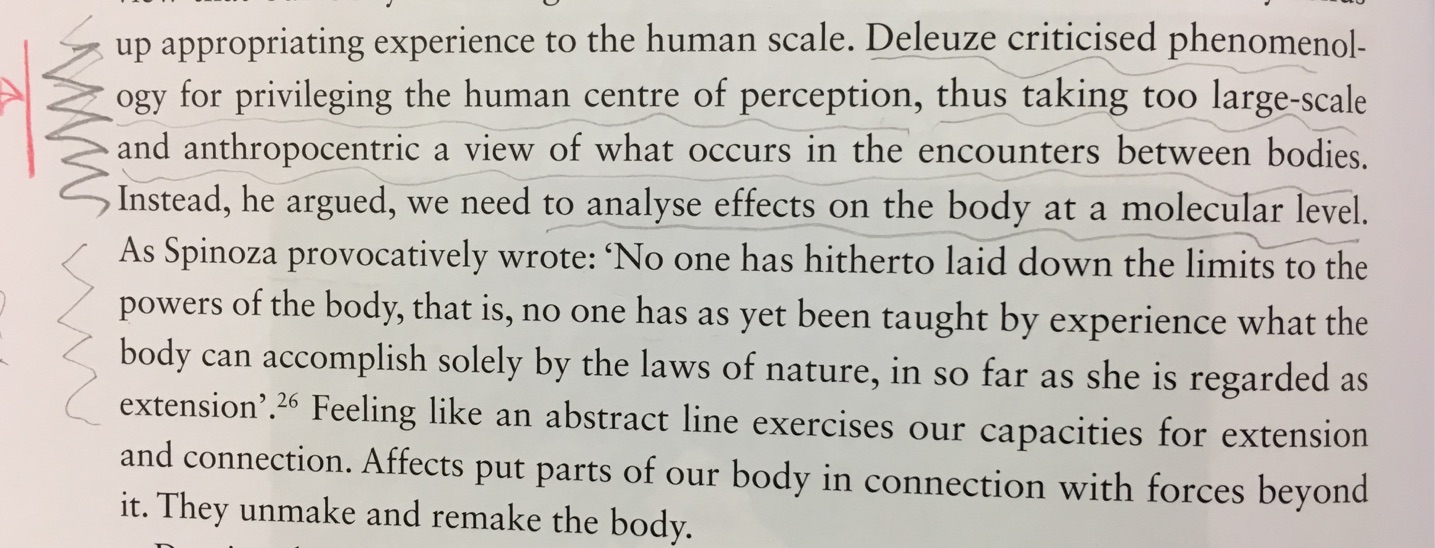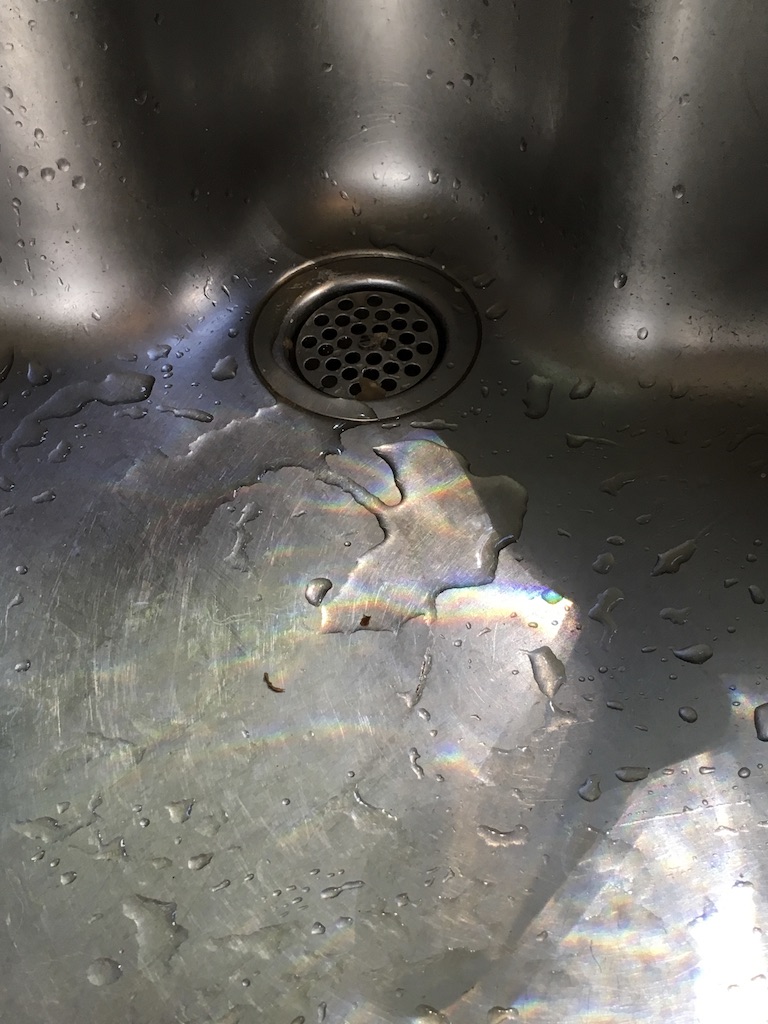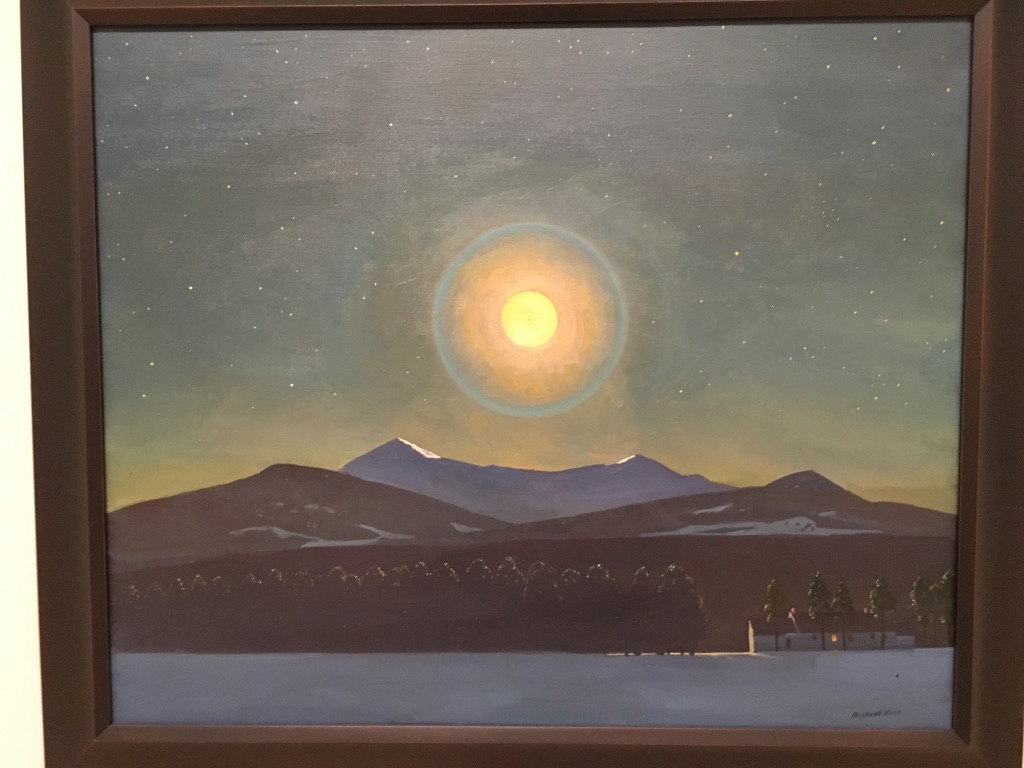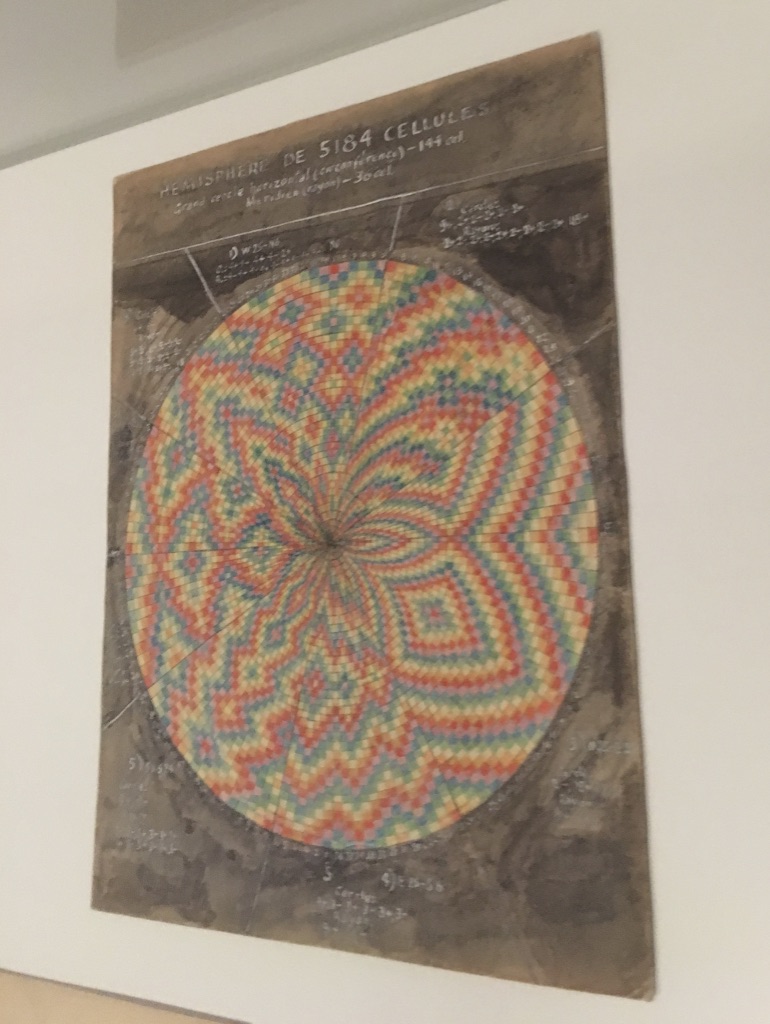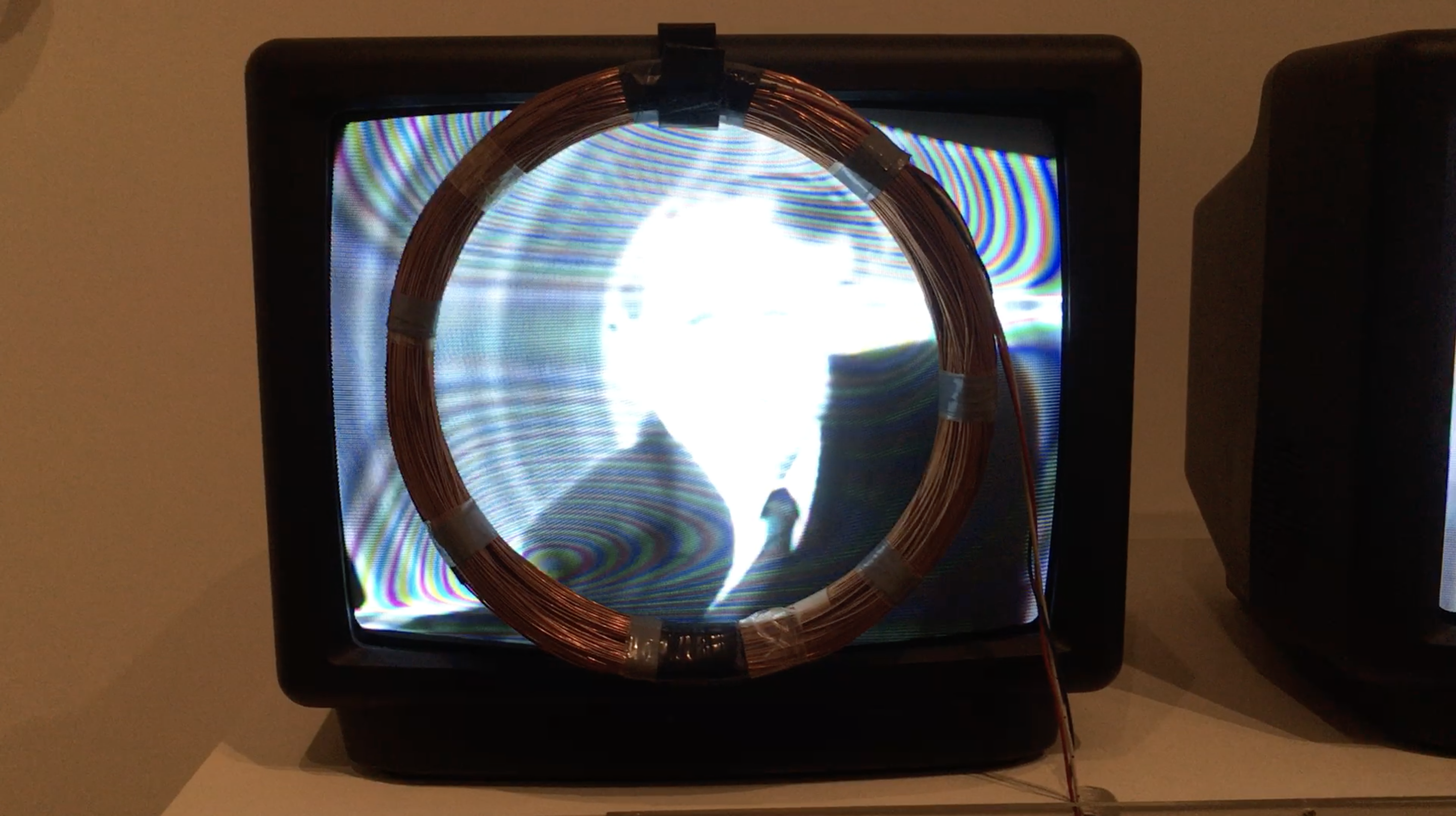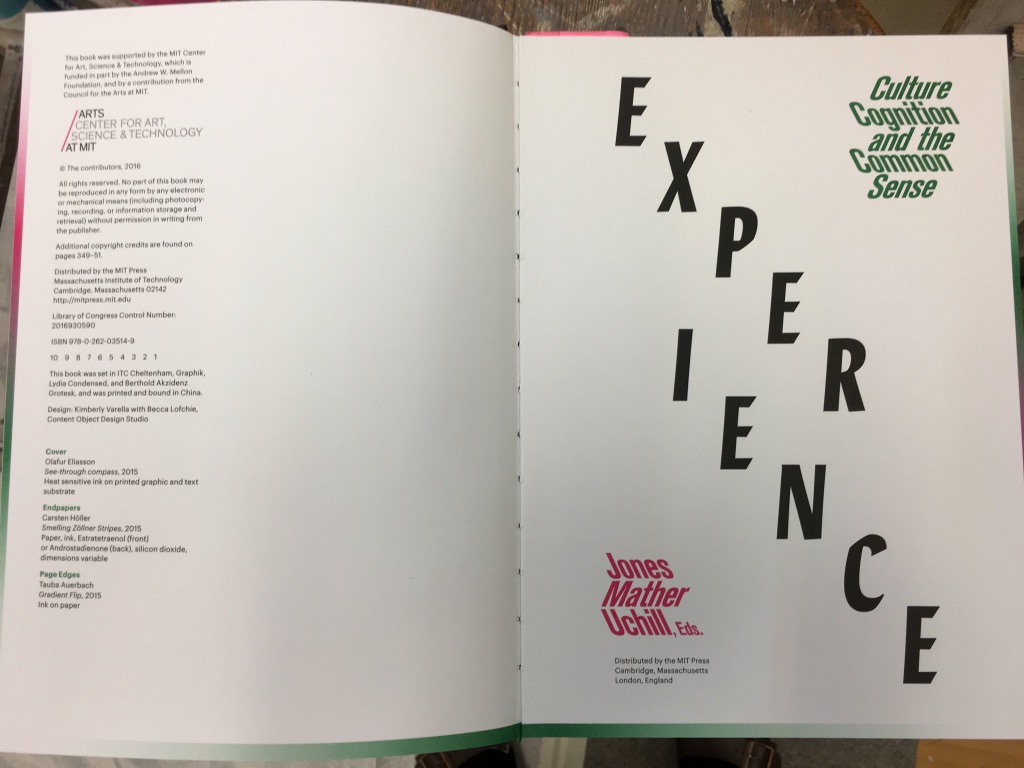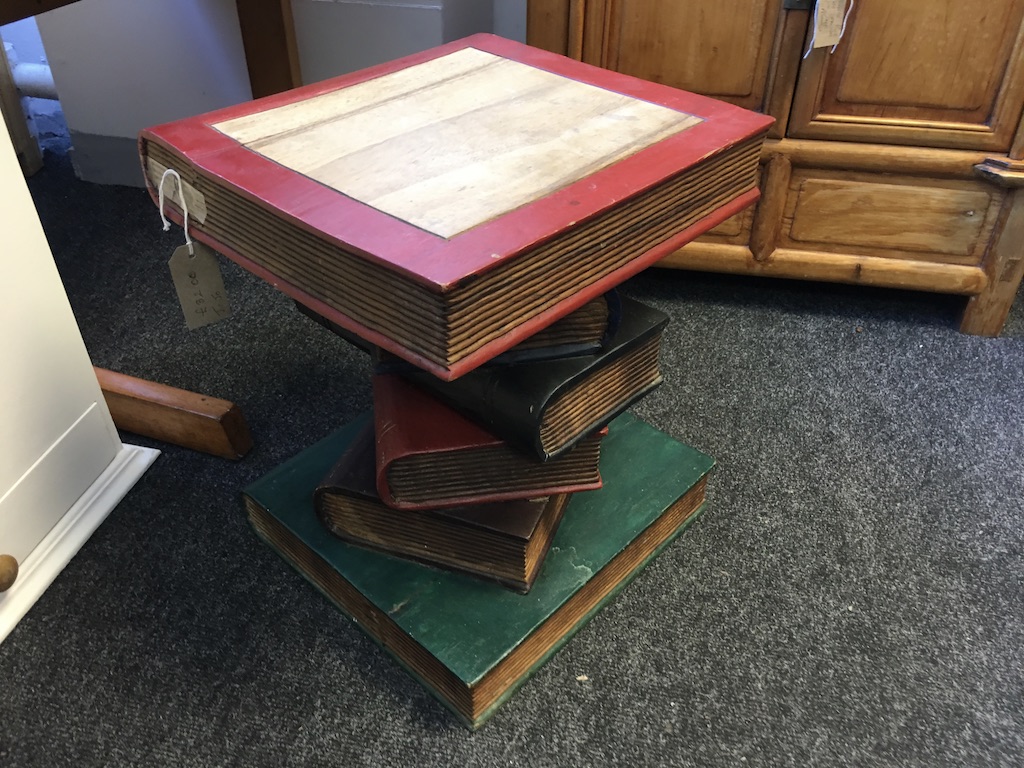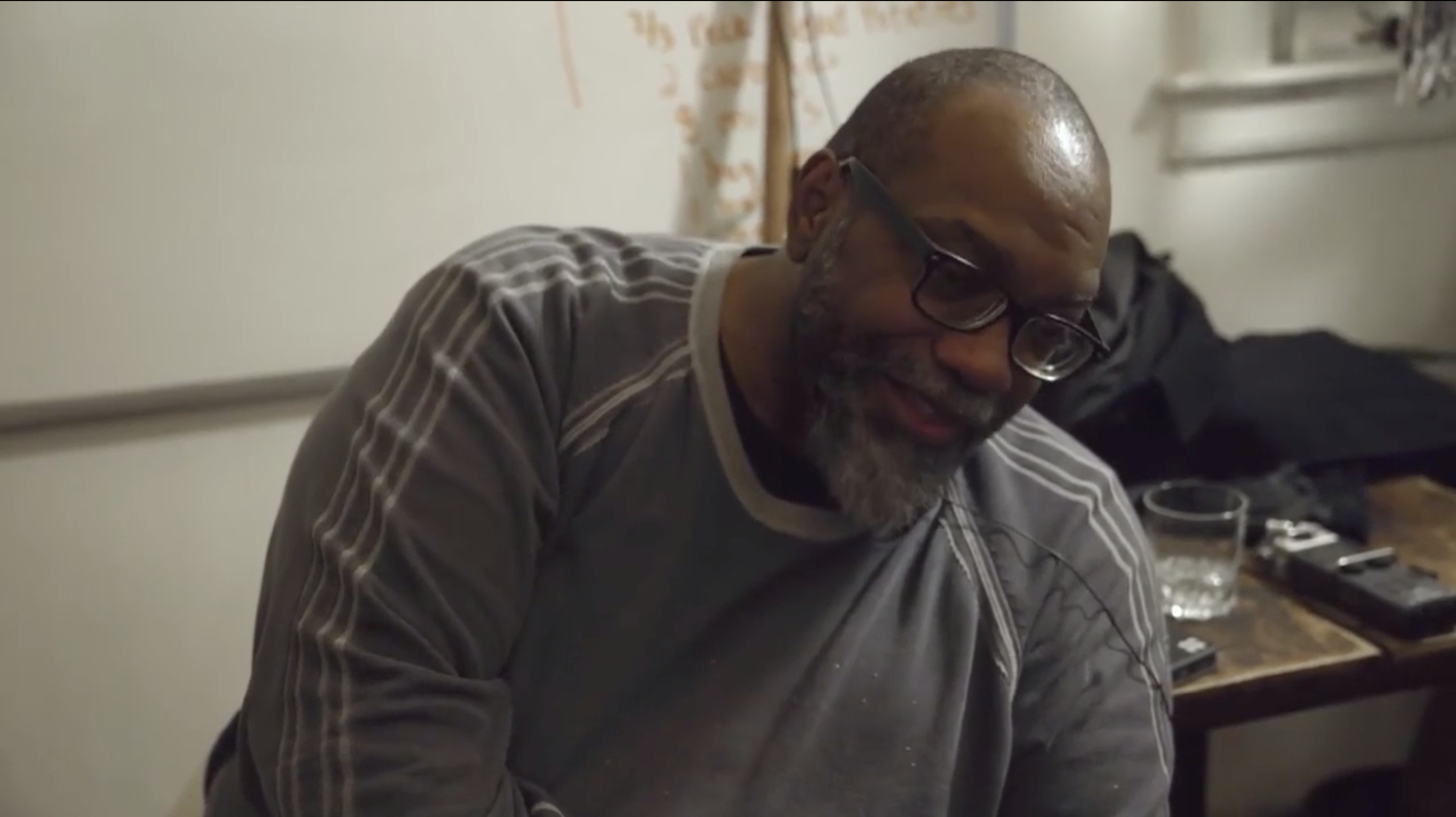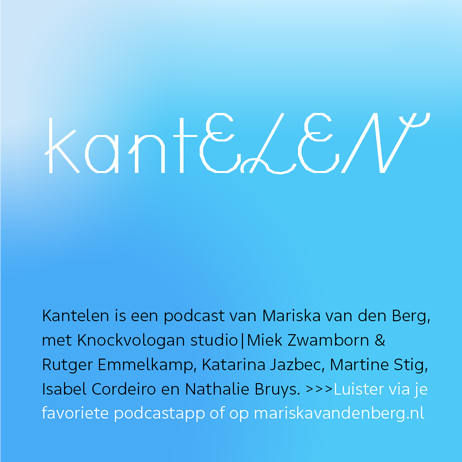Roland Schimmel: Innocence and Experience
Kunstenaar Roland Schimmel stelde voor mister Motley een online tentoonstelling samen over de begrippen onschuld en ervaring. Met deze begrippen is hij al meer dan tien jaar bezig. In 2012 maakte hij bijvoorbeeld in het Van Abbemuseum de muurschildering ‘The Innocent Eye’. Met de titel verwijst hij naar dat wat er gebeurt op het moment dat wij nabeelden zien. Kijken naar een nabeeld gebeurt immers op een spontane, onschuldige manier, zonder bewuste controle van het oog.
Nabeelden zijn exact complementair aan de originele kleurindruk. Terwijl ze van binnenuit een opwindend en ongecontroleerd gevoel geven, compenseren ze tegelijkertijd binnendringende krachten en kunnen ze juist een genezend en balancerend effect hebben.
Een onschuldige baby ervaart de wereld in de eerste stadia van zijn leven als een overweldigende chaos van niet te plaatsen indrukken. Psychoanalist Daniel Stern stelt bijvoorbeeld dat een baby in de eerste maanden van het leven geen onderscheid kan maken tussen de verschillende zintuigen. Perceptie is in deze pre-cognitieve fase nog multi-sensories en gaat boven differentiatie uit. Het visueel berekenen en inschatten van bijvoorbeeld afstanden is voorafgegaan door het aanraken en daardoor blijft de tastzin op een onbewust, virtueel niveau onderdeel van het zien. (Ik ben geneigd dit te zien als een oervorm van interdisciplinaire samenwerking).
Een onschuldige baby ervaart de wereld in de eerste stadia van zijn leven als een overweldigende chaos van niet te plaatsen indrukken.
Als we opgroeien wordt dit enorme potentieel aan mogelijke waarnemingen ingeperkt door opvoeding en taal. Op die manier wordt ons oorspronkelijke eindeloze vermogen tot beantwoording (respons-ability) steeds meer gesnoeid door opleiding, ervaring en maatschappelijke omstandigheden. Met als resultaat een ogenschijnlijk stabiele omgeving. Paradoxaal genoeg is deze stabiliteit ook te danken aan onze oogbewegingen die van nature doelgericht zijn: de ogen bewegen van het ene fixatiepunt naar het andere zonder die beweging zelf op te merken, die plaatsvindt in een fractie van een seconde (1). Het lijkt wel alsof we blind zijn voor deze interval, of misschien zijn we niet opgevoed om haar te herkennen.
En toch worden er in die intervallen beslissingen genomen: het is de nodige tijd / ruimte die nodig is om indrukken te verwerken, ervan te herstellen en opnieuw af te stemmen. Het is ook de ruimte van onze verbeelding, we leggen juist op die momenten verbindingen tussen gebeurtenissen en indrukken.
Het lijkt wel alsof we blind zijn voor het interval, of misschien zijn we niet opgevoed om haar te herkennen.
Onze zintuigen zijn ingebed in de rijke voedingsbodem van het lichaam en een product van de geschiedenis en evolutie. Vanuit dit bio-cosmische geheugen voegen de samenwerkende zintuigen in a split second kleur en smaak toe aan de kwaliteit van een ervaring. We hebben het vermogen nodig om aangedaan te worden door de instabiele en subtiele eigenschappen van onze zintuigen, om te kunnen ervaren, wat Jack Halberstein in het voorwoord van The Undercommons omschrijft als: “… een wildheid achter de structuren die we bewonen en die in ons wonen.”
——————————————-
The last 10 years the words innocence and experience have been circling around in my head. The mural I made in Het Oog (Van Abbemuseum) in 2012 was called The innocent Eye; the title refers to the subtle mechanism of seeing fleeting after-images that, once you focus on them, happen spontaneously and beyond (conscious) control.
Afterimages are exactly complementary to the original colour-inprint. Together with halo’s they are whole-field effects. Whilst causing from inside an exciting feeling of being out of controll, they simultaneously counterbalance penetrating forces and can have a healing and balancing effect.
An innocent baby, in the first stages of its live, experiences the world as an overwhelming chaos of unarticulated impressions in which literally anything is possible.
According to psychoanalyst Daniel Stern a baby is at first unable to make a distinction between the different senses: perception in this pre-cognitive stage of live is still multimodal and hyperdifferential. (For instance: the visually calculating of distances has been preceded by touch and that’s how tactility lives on in vision, on a subconscious, virtual level. I am inclined to think of this as a primordial way of interdisciplinary collaboration…)||
As we grow up this immense potential of possibilities is being pruned by learning processes and language. In this way our original endless ability to respond (response-ability) is being more and more tailored by education, experience and societal restrictions. Resulting in an apparently seamless and stable environment. Paradoxically this stability is also due to our eye movements that are goal oriented by nature: the eyes move from one fixation point to another without noticing the split second of the movement in between (1). It seems as if we are blind for this interval, or maybe not raised to acknowledge it.
And yet it is during this interval that decisions are being made: it is the necessary time/space to process impressions, to recover and attune. It is also the space of our imagination and the time of making connections. (2).
The senses, embedded in the rich soil of the body, are a product of history and evolution. Collaboration of the senses, each from its own bio-cosmic memory, adds colour and flavour to the quality of the experience.
We need the capacity of being affected by the instability and subtlety of the senses in order to experience ’the wild beyond to the structures we inhabit and that inhabit us’ (Jack Halberstam in The Undercommons).
Notes:
1. Jonathan Crary ‘…the fixed immobile eye… is what annihilates the seeming ‘naturalness’ of the world and discloses the provisional and fluid nature of visual experience, whereas the mobile glancing eye is what preserves the preconstructed character of the world. (Suspensions of Perception, 299/300).
2. Some fascinating, related views on the interval:
In Minima Moralia Adorno describes the shellshock of soldiers returning from the war as: ‘Everywhere, with each explosion, (war) has breached the barrier against stimuli beneath which experience (Erfahrung), the lag between healing oblivion and healing recollection, forms… Life has changed into a timeless succession of shocks, interspaced with empty, paralyzed intervals.’
Carl Einstein: ‘The image is a hallucinatory interval, that irrationalizes the world’ (Didi-Huberman, Picture = Rupture, Papers of Surrealism Issue 7, 2007,18).
And Erin Manning in a chapter called Attuning to the Interval: ‘Relational movement generates and is generated by intervals’ (The Minor Gesture, 120).
Pictures:
1. William Blake, Innocence and Experience (Tate Enterprises Ltd.)
2. quote from: Ruskin cited by Jonathan Crary in Techniques of the Observer, 95
3. Paul Cezanne, Trees and Rocks at Chateau Noir, watercolour
4. William Blake, Samson Subdued, c.1800(detail)
5. Roland Schimmel, The Innocent Eye, wall painting in Het Oog, Van Abbemuseum (2012)
6. Erin Manning, The politics of Touch, selection from: https://www.youtube.com/watch?v=l7yQaicWD_M
7. Carl Jung, The Red Book
8. Quote from: Giuliana Bruno, Surface Encounters: Materiality and Empathy (in: Mirror-Touch Synaesthesia, edited by Daria Martin, pg 116)
9. Mirror-Touch Synaesthesia, edited by Daria Martin
10. quote from: Daria Martin, Introduction in Mirror-Touch Synaesthesia, 12
11. Card for the Warburg Institude, London
12. an exemple of how books are ordered in the library of the Warburg Institude
13. page from A.E. Thierens, ‘De Astrologie als Levensleer’.
14. Roland Schimmel, Blind Spot 3, computeranimation (loop), music by David Lopato, technical realisation by Maurice van Brummelen, Plaatsmaken
15. Daniel Hesidence, Untitled, 2018, oil on canvas
16. Pierre Huyghe, Uumwelt, 2018, Serpentine Galleries
17. Daniel Stern, A Developmental Perspective on Intersubjectivity from birth on, selection from: https://www.youtube.com/watch?v=N_j4q45GHDY
18. Climate Change, poster for an exhibition by Tenant of Culture
19. sunrise from the train
20. Bridget Riley, Current, 1964 (detail)
21. Laura U. Marks, I Feel Like An Abstract Line, (from: Mirror-Touch Synaesthesia, edited by Daria Martin, 168)
22. Janne Schimmel, Lamp on Lamp, 2019
23. reflections in my sink
24. Rockwell Kent, Moonlight, Winter, 1940, oil on linen (detail)
25. Iwan Wyschnegradsky, Hemisphere of 5184 Cells, 1943, crayon, graphite and ink on paper and cardboard
26. Nam June Paik, Nixon 1965-2002 (detail)
27. Experience, 2016, Jones, Mather and Uchill, edited by Arts at MIT
28. Side table in charity shop, London
29. Fred Moten, selection from: https://www.youtube.com/watch?v=I6b5N_u7Ebs

